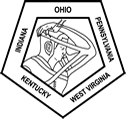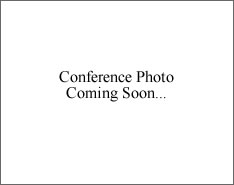<< Back to the abstract archive
Demonstration of Collagen Powder Mechanism of Action for Enhanced Tissue Regeneration in and Ex-Vivo Human Skin Perfusion System
Alexa Rivera del Rio Hernandez MD;, MD; Jose Antonio Arellano, MD; Hamid Malekzadeh, MD; Yusuf Surucu, MD; Naresh Mahajan, PhD; Fuat Baris Bengur, MD; Shawn Loder, MD; Juan J. Andrade-Rojas, MD; Jeffrey A. Gusenoff, MD; Francesco M. Egro, MBChB, MSc, MRCS; J. Peter Rubin, MD, FACS, MBA; Asim Ejaz, PhD
University of Pittsburgh
2024-12-12
Presenter: Alexa Rivera del Rio Hernandez, MD
Affidavit:
I certify that the material proposed for presentation in this abstract has not been published in any scientific journal or previously presented at a major meeting.
Director Name: J. Peter Rubin
Author Category: Fellow Plastic Surgery
Presentation Category: Basic Science Research
Abstract Category: General Reconstruction
INTRODUCTION: Skin trauma leads to Extracellular Matrix (ECM) breakdown, driven by enzymes like matrix metalloproteinases (MMPs). Collagen fragments accumulate at the wound site, influencing the healing cascade. Based on this concept, collagen-based wound dressings have been extensively used to enhance healing of cutaneous wounds. Collagen acts both as a scaffold and a signaling molecule, promoting chemotaxis of macrophages and fibroblasts, phagocytosis and immune responses. Fibroblasts and keratinocytes contribute to collagen deposition and granulation tissue formation in the wound site. Powdered collagen promotes wound healing upon application and this study aimed to test if our Ex Vivo Human Skin Perfusion System could simulate the clinical findings.
METHODS: Using our ex vivo human skin perfusion system, a full-thickness skin flap was perfused and two lacerations were made. The experimental intervention involved the application of collagen powder on one injury, while the other lesion received no intervention. Skin biopsies were taken to assess the histological and molecular changes.
RESULTS: Collagen treated graft exhibited better skin architecture preservation, higher cellular proliferation and increased macrophage presence, compared to the control one. Assessment of Ki67 corroborated an increased cellular growth in the collagen-treated skin, indicating enhanced ECM remodeling and wound healing.
CONCLUSION: Our results showcased the capacity of collagen powder to boost wound healing and tissue repair by promoting cell migration, proliferation and ECM remodeling. Our ex vivo system successfully mimics these effects and their pathways, providing a valuable platform to explore collagen's role in tissue repair.



